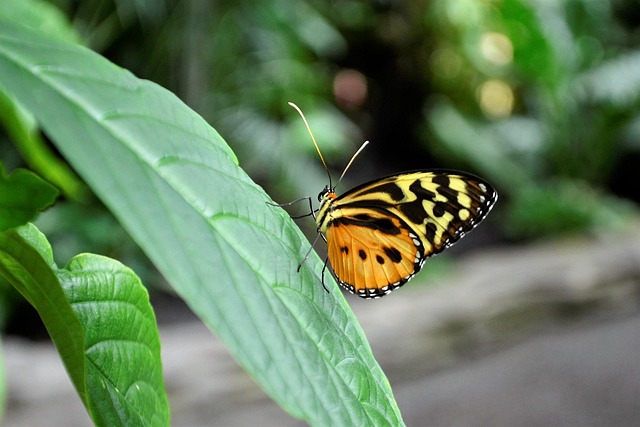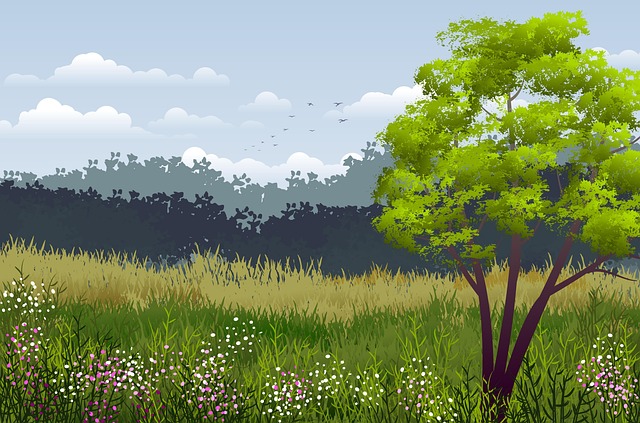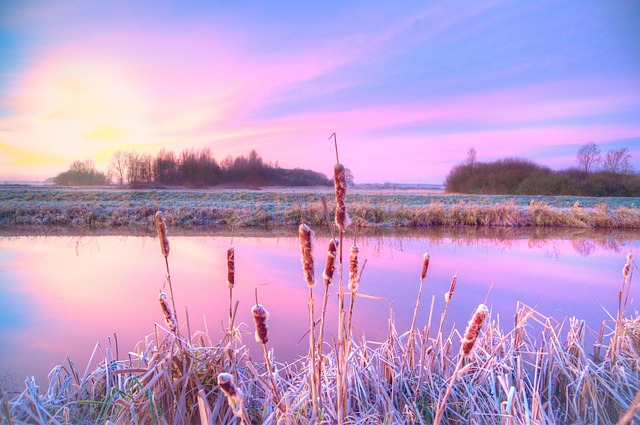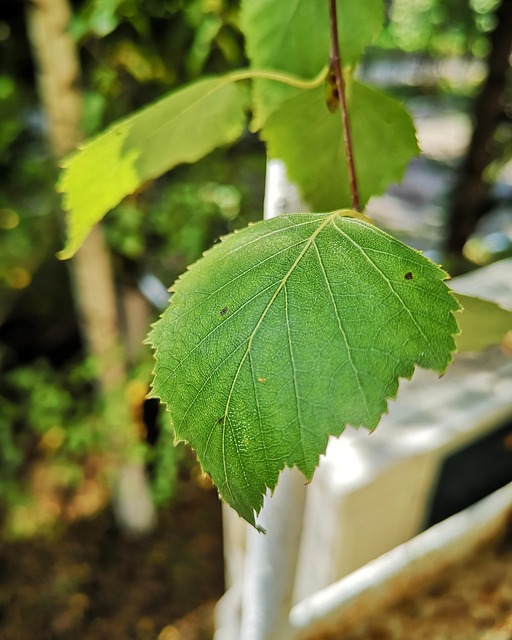Biodiversity is a critical component for ecosystem health and stability, and real estate professionals have a key responsibility to preserve natural habitats and adopt sustainable practices. Incorporating biodiversity into development strategies attracts eco-conscious residents, enhances ecosystem services, and fosters sustainable communities. Prioritizing biodiversity contributes to the well-being of both residents and the planet, creating thriving environments that benefit all. In today's market, integrating green spaces is a key differentiator for property values, with urban areas increasingly incorporating vertical gardens, green roofs, and urban forests to offer environmental benefits and increased desirability.
In today’s digital era, the focus on biodiversity and habitat in real estate is more crucial than ever. This article explores the multifaceted role of biodiversity in shaping urban landscapes and its direct impact on property value. We delve into strategic approaches for developers aiming to protect habitats, understanding the essential interplay between diverse ecosystems and thriving communities. By examining green spaces as key drivers of real estate growth, this piece offers insights for professionals navigating the evolving landscape of sustainable development.
Understanding Biodiversity's Role in Real Estate

Biodiversity is an often-overlooked yet critical aspect of real estate development and investment. The variety of plant and animal life in a given area, or habitat biodiversity, plays a significant role in ecosystem health and stability. When considering a piece of land for development, understanding its current biodiversity and potential impacts is essential. Real estate professionals can contribute to conservation efforts by promoting sustainable practices, preserving natural habitats, and supporting local ecosystems.
Incorporating biodiversity into real estate strategies offers numerous benefits. It helps attract environmentally conscious residents and tenants who value green spaces and ecological balance. Moreover, diverse ecosystems provide ecosystem services such as improved air quality, water purification, and climate regulation, which are essential for the well-being of both residents and the planet. By recognizing and prioritizing biodiversity, real estate developers can create sustainable, thriving communities that contribute to a healthier environment.
Protecting Habitats: A Strategic Approach for Developers
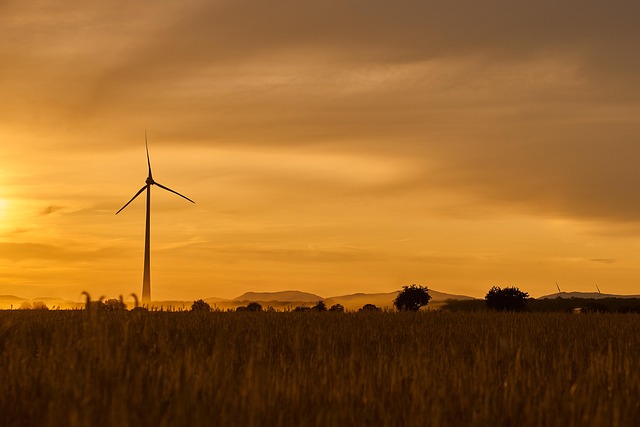
In the realm of real estate, protecting biodiversity and habitats is no longer a peripheral consideration but a strategic imperative. Developers must embrace a holistic approach that balances land use with ecological preservation. This involves meticulous planning to ensure the minimal disruption of natural habitats, especially in areas rich in biodiversity. By integrating eco-friendly practices into development projects, real estate professionals can foster sustainable growth while mitigating environmental impacts.
A strategic approach includes engaging ecologists and conservation experts to assess and map habitats, identifying critical areas that require enhanced protection measures. Developers should aim for innovative solutions like incorporating green spaces, wildlife corridors, and low-impact design techniques into their projects. Such measures not only contribute to the overall health of ecosystems but also enhance the appeal and value of properties in the long term, catering to environmentally conscious buyers and tenants.
The Impact of Green Spaces on Property Value
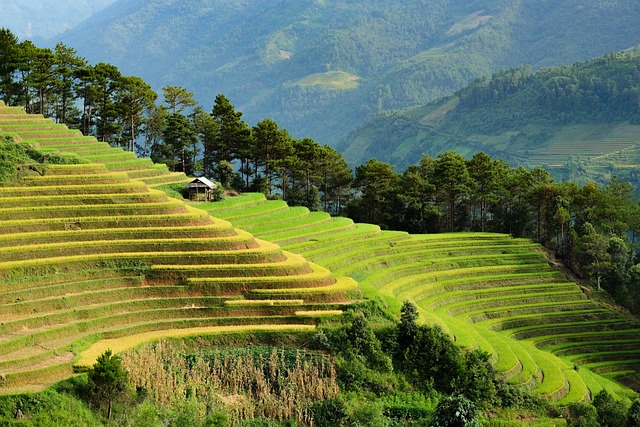
In today’s real estate market, the presence and quality of green spaces significantly influence property values. Areas with well-maintained parks, gardens, or even small pockets of nature within urban landscapes tend to attract buyers and command higher prices. This phenomenon is driven by a growing awareness of the positive impact of biodiversity on human well-being; green spaces provide recreational areas for residents, improve air quality, mitigate urban heat islands, and foster a sense of community.
Property owners and developers are increasingly recognizing the strategic value of incorporating sustainable landscapes into their projects. By designing homes around lush greenery, they not only enhance the aesthetics but also create more desirable living environments. This trend is particularly notable in cities where space is limited; vertical gardens, green roofs, and urban forests are becoming popular features, offering both environmental benefits and increased property values in the real estate market.



